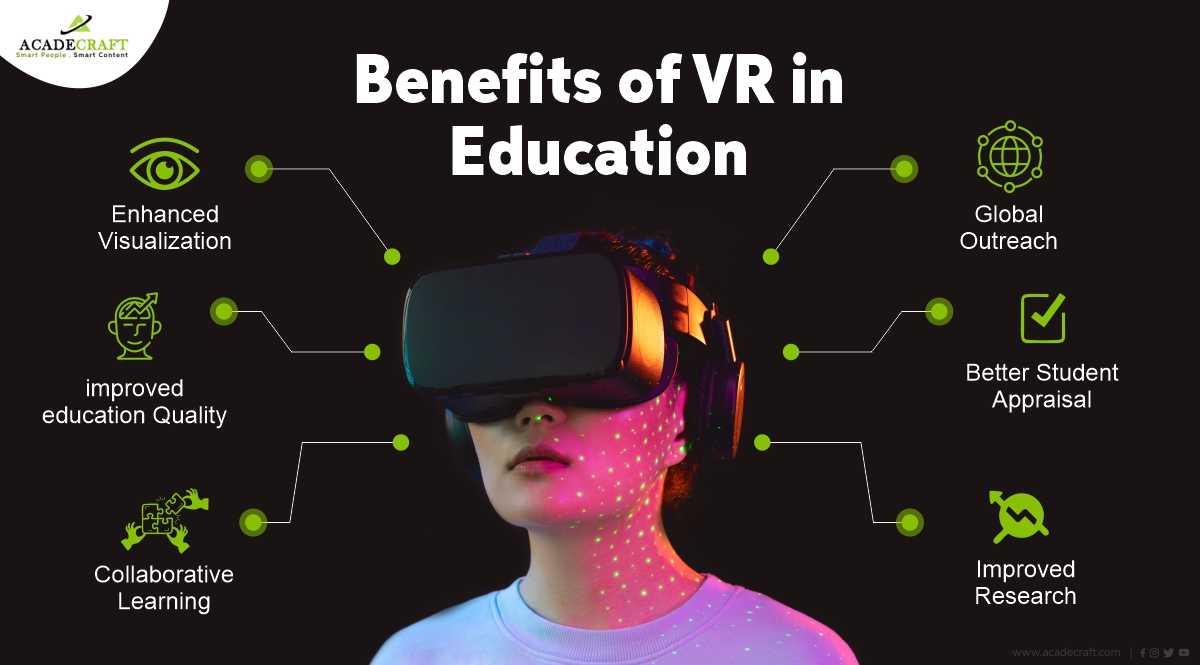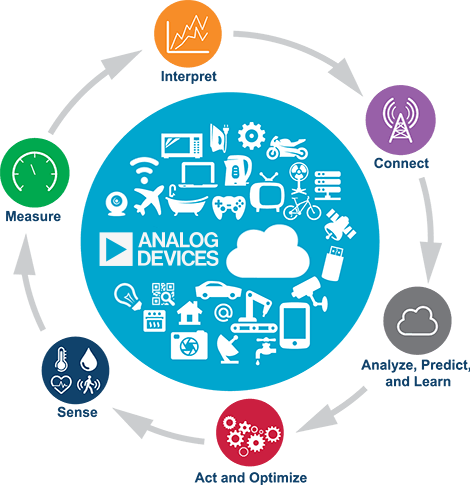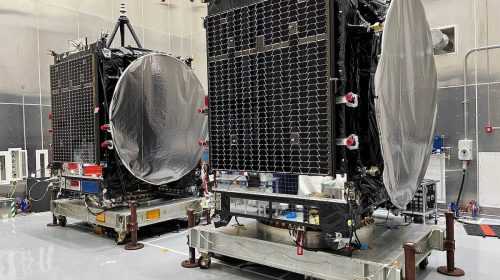The Role of Low Latency
Aug 29, 2023
With the announcement of BusinessCom OneWeb services, the topic of latency has come to the forefront, along with the applications that can leverage the lower latency of LEO (Low Earth Orbit) satellite constellations. Critical business applications starting with voice and video and extending all the way to the “metaverse” are demanding more from networks that connect users, and reducing latency is necessary to meet these demands.
Within the business world, latency is being addressed at several layers. In the trading industry for example, efforts are made to reduce latency measured in nanoseconds in trading servers collocated with the exchange. When hosted in third-party colocation centers, the market data feed and order to market time extends to microseconds. When the trading server is at the client site, the transaction time is measured in milliseconds. It is at this layer, the network layer, that BusinessCom OneWeb reduces latency by a significant factor. Why is this important?
Latency is the time it takes to send a piece of data (packet) across a network, and have it received. This time is measured in milliseconds (ms) or 1/1000th of a second. A “ping” command can be used to measure the round-trip latency; that is, the time for the packet to get to the destination, be acknowledged and returned. Packets traveling over fiber optic networks or satellite links travel at close to the speed of light, so most network latency is a factor of distance and how fast light travels. Additional latency is added by the routing, switching, servers, and monitoring devices that are in the path of the data stream, but for our purposes, the biggest improvement comes in reducing the distance the signals travel from 35,786 km to 1,200 km (22,236 mi to 745 mi). As a result, round trip latency drops significantly, with typical values expected to average well below the maximum guaranteed latency provided by the SLA.
There is little disagreement that the Covid crisis significantly affected the way we work and live. Enterprises rely more and more on real-time applications, including voice and video calls with multiple participants. High latency has a negative impact on the efficiency, quality, and comfort of these calls. Businesses are decentralizing how they do research, requiring real-time, multi-site collaboration with partners and employees that maintain the personal connections required to keep things running smoothly. At the same time, new applications such as diagnostic imaging, weather forecasting, navigation, ticket sales, and of course gaming, require low latency networks. What are some of the low latency applications enterprises starting to deploy?

The first thing that comes to mind is video conferencing as more businesses communicate in this way than ever before. High latency causes a variety of issues including poor voice quality, echo, jitter, and clipped speech. As video resolution continues to increase in quality, high latency struggles to support new video technology such as 4K ultra-high definition. To deliver this level of resolution also requires large streams of bandwidth, that will rapidly eat through data quotas on limited consumer services.
Another application that requires high resolution is virtual and augmented reality which will be used within the developing metaverse. The metaverse creates an online social network where people can work and collaborate across devices, as well as socialize and play. Users can enter virtual environments of interconnected worlds with a digital avatar and a smartphone, but the fast-growing trend is towards using smart glasses and VR (virtual reality) headsets. The next generation of these VR headsets will be ultra-lightweight, comfortable, and wearable. Some analysts have suggested that the metaverse will deliver a more significant advancement of technology than the internet itself did. This is not just about gaming. As the metaverse grows, businesses will likely revise how they conduct meetings, provide customer support, make sales calls, and manage other work processes. The metaverse creates new ways for customers to engage with products and services and is very likely to continue the retail break from physical stores into digital shopping experiences. From an entertainment and educational standpoint, aside from gaming, VR within the metaverse can offer interactivity in storytelling with deep immersion, where viewers become participants in the narrative. This new environment must operate with high, unlimited bandwidth, and low end-to-end latency for a smooth experience leading to user engagement and emotional investment. Virtual Reality and Augmented Reality will benefit education, the medical industry, eCommerce, the Defense Industry, vocational training and even provide solutions for people with special needs.
 Image: Acadecraft
Image: Acadecraft
The way retail buying and selling takes place is also changing. In real-time, IoT (Internet of Things) devices gather and report all manner of detailed consumer data. This data can be computed and acted upon in real-time before the customer has left either a physical or online store. Slow data processing can result in lost sales, poor customer experience and lost customers. New AI (artificial intelligence) and machine learning applications contribute to sales and marketing by eliminating time-consuming tasks that otherwise keep sales staff away from customers. Automating account and marketing functions enable the capture of predictive analytics, which is then applied to forecasting and identifying the preferences and purchasing habits of customers. A low-latency network is essential to making this all work seamlessly.
 IoT Architecture – Image: Analog Devices
IoT Architecture – Image: Analog Devices
In addition to sales and marketing, the manufacturing business is also changing with Smart Factories that enable precision sensing, monitoring, control, analytics, and efficient communications. A new IIoT or Industrial Internet of Things technology is playing a growing and vital role in manufacturing. Smart devices in factories access massive amounts of data in real-time, analyze and apply them. While much of this takes place inside the plant, there is a need to get this traffic back to central operations centers from remote plants and factories, where the data is monitored, collected, and acted upon to help drive business decisions. In remote operations where experienced knowledgeable workers may be in short supply, IIoT sensors and actuators increase efficiency delivering better quality control, enabling green practices, tracking assets, and optimizing the supply chain.
IoT solutions that require low latency are being used to support Smart Health, monitoring vital signs, and extending what can be measured and learned from the human body through leveraging optical and motion sensing, impedance, biopotential, signal conditioning technologies and advanced biometric algorithms. These technologies also apply to Smart Agriculture, empowering the high-tech farm with precise and robust inertial measurement and geolocation. Smart Infrastructure IoT solutions monitor structural health, providing solutions that deliver reliable information and reduced cost of maintenance. Smart Buildings and Smart City IoT solutions deliver secure and intelligent sensing solutions that track building security, building assets, parking space occupancy detection, and more.

Technology continues to advance at an incredible rate, as what was science fiction yesterday, becomes science fact today. Taking low-latency communications seriously is critical for businesses if they don’t want to be left behind. BusinessCom OneWeb is the perfect platform for enabling this new world. Thanks to Low Earth Orbit, latency is very low and bandwidth rates are much higher and affordable than what is typically offered on existing GEO (Geosynchronous Earth Orbit) satellites. New video and AR/VR applications are going to drive data traffic to much higher rates, and unlimited services will be necessary for companies that can’t afford to run out of data quota in the middle of a critical multi-site meeting. Enterprise class services will be required, that provide guaranteed uptime Service Level Agreements (SLA), optimization techniques to ensure that critical business traffic is given priority, application specific prioritization and limiting of traffic according to business requirements, along with security monitoring to ensure that traffic is not infected with spam, viruses, or denial of service attacks. Finally, a user-friendly portal makes it possible to order hardware and services, pay bills, change bandwidth options, view traffic statistics, place trouble calls, and much more so that the client always has a firm handle on their services and how they are performing which simplifies the management of these services. BusinessCom OneWeb is the right solution to prepare for this exciting future.





